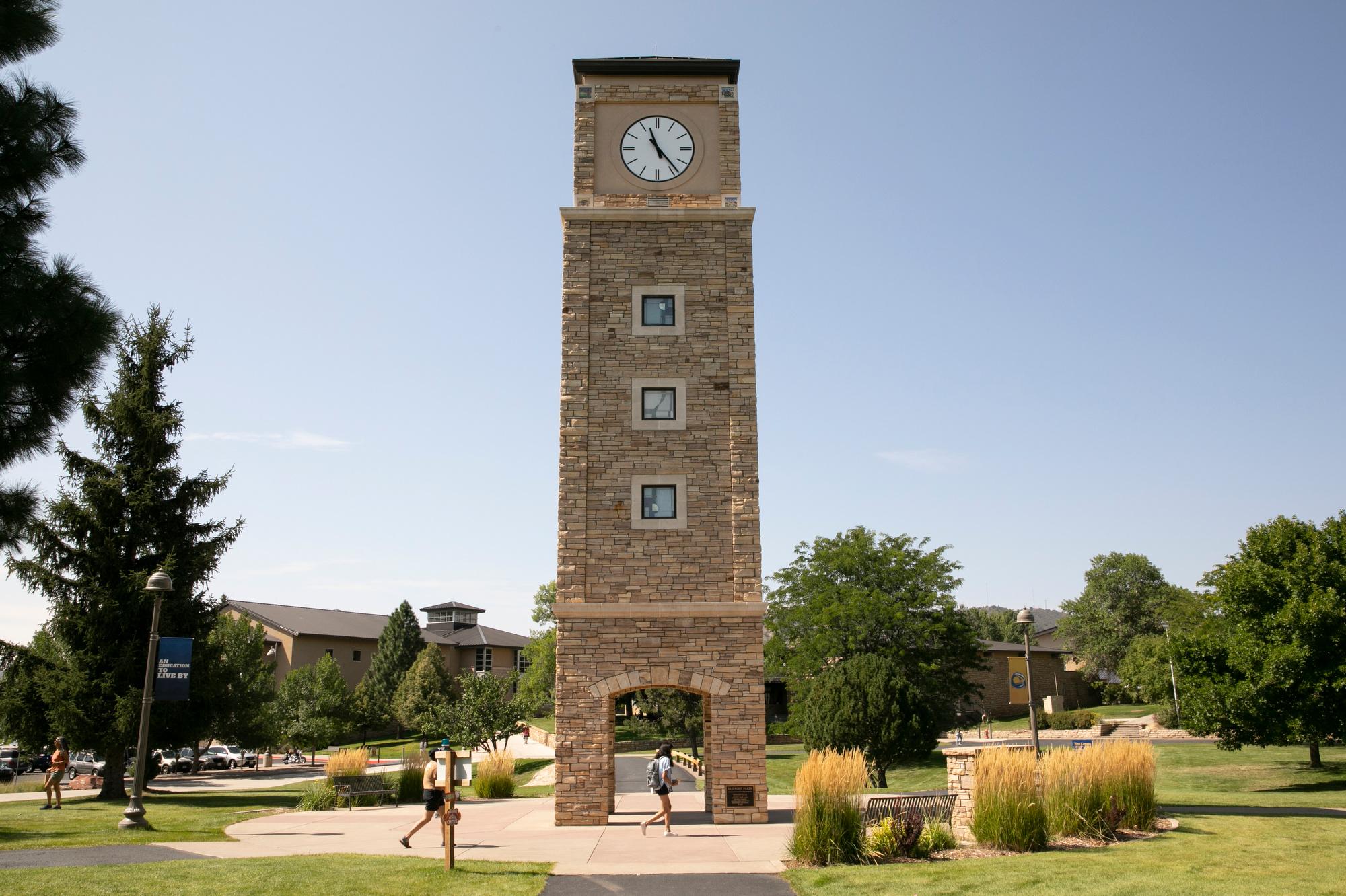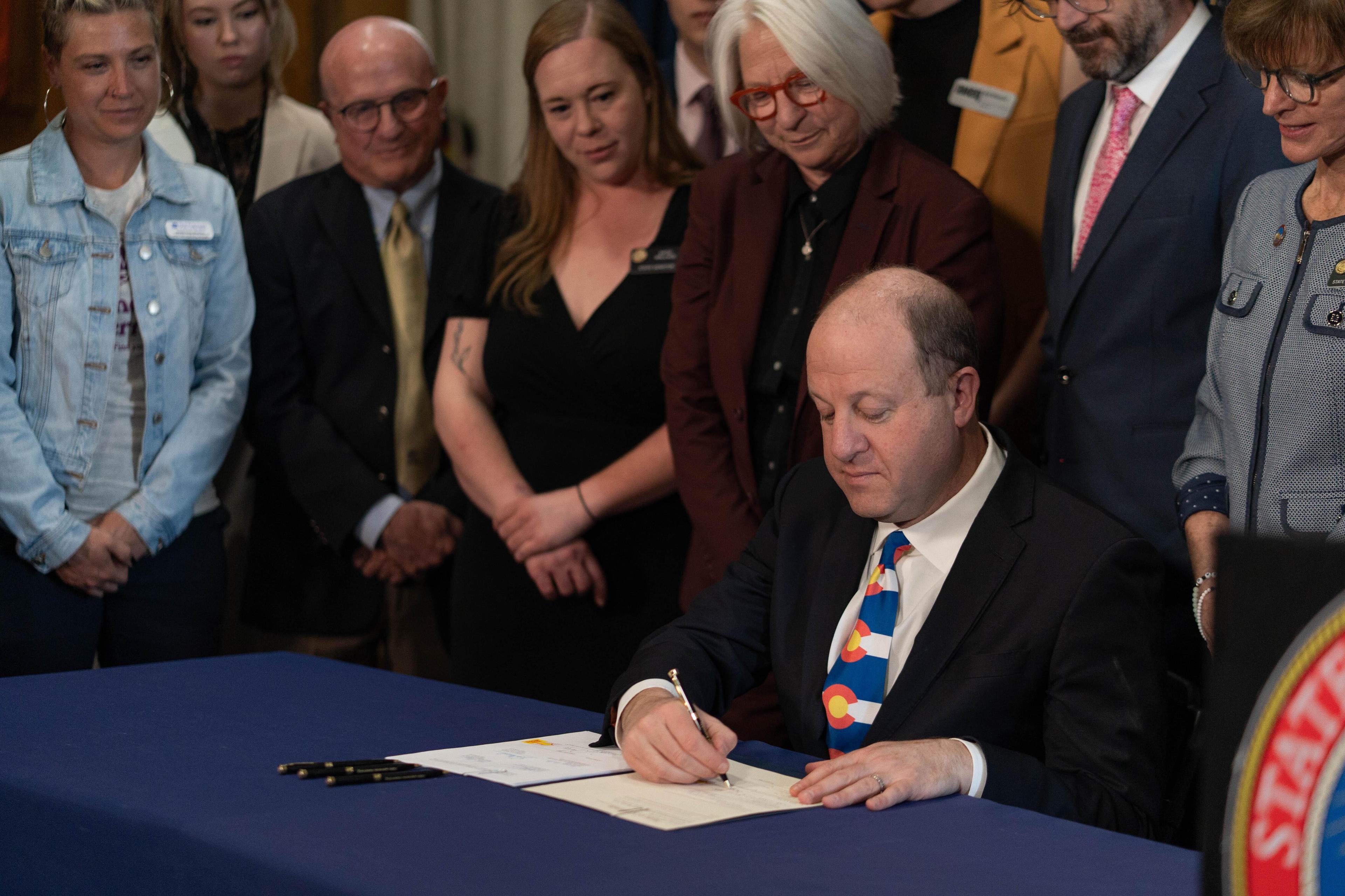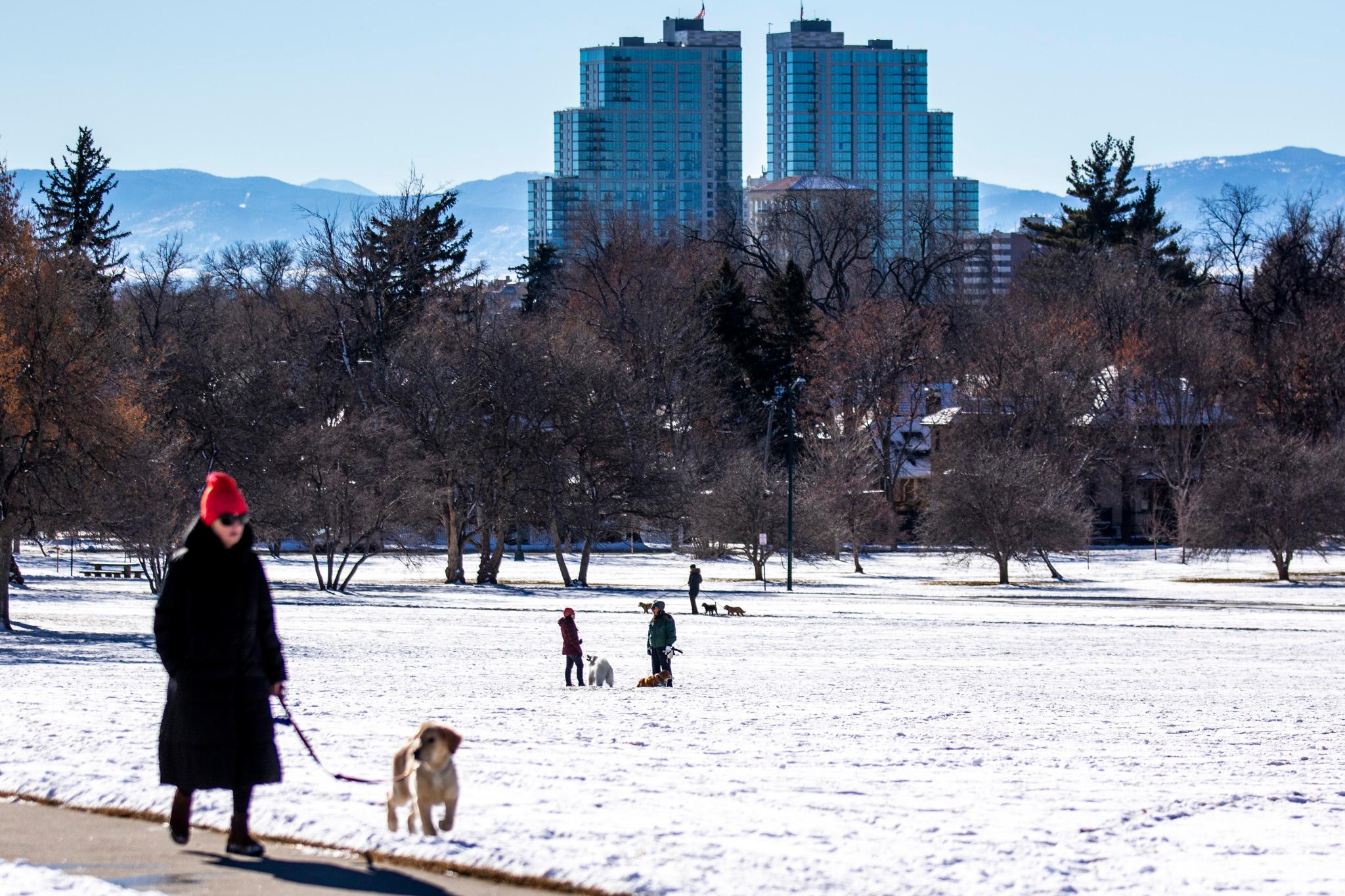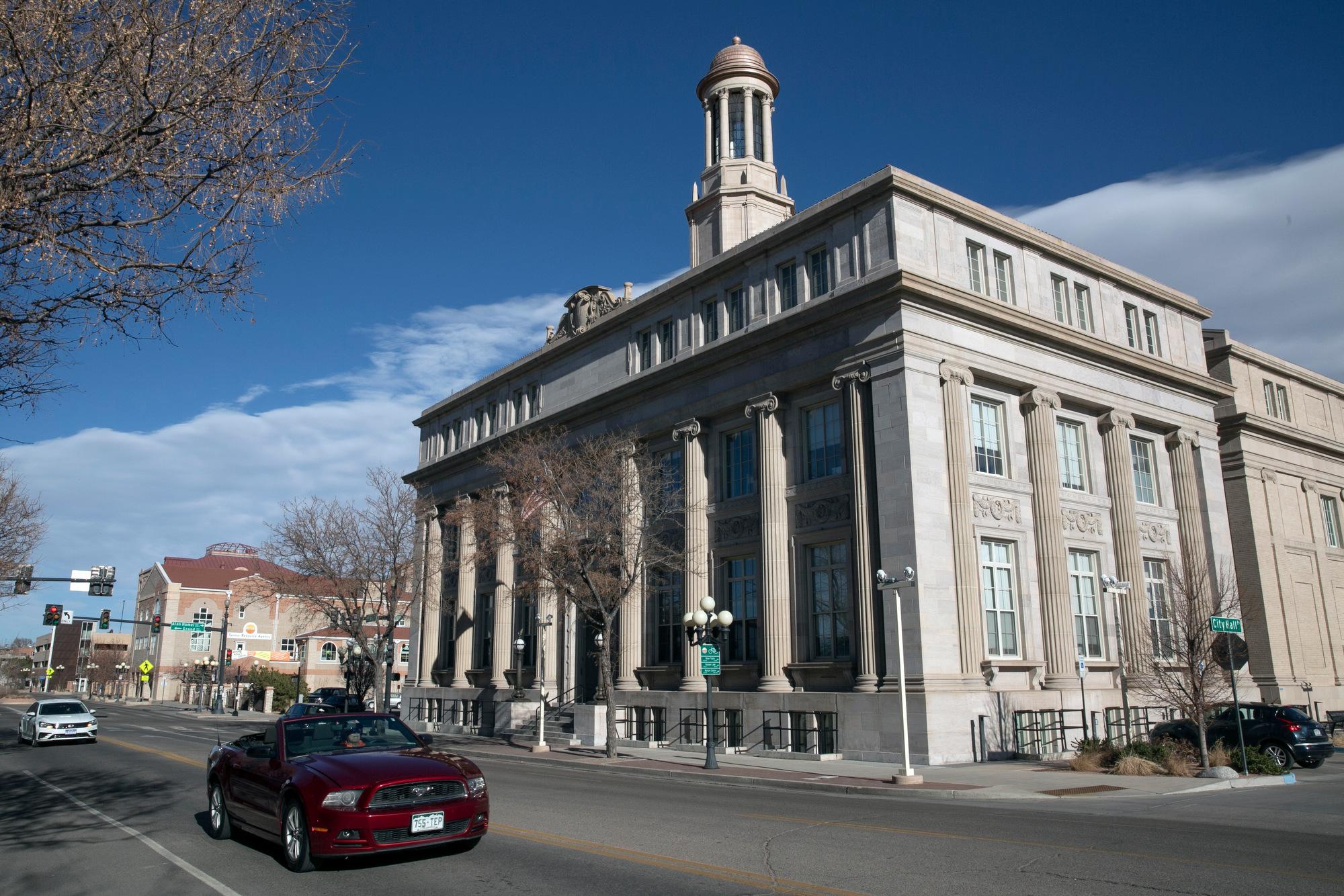
Fort Lewis College saw a 3.47 percent increase in overall enrollment this fall, mirroring enrollment jumps seen at other Colorado universities, despite several challenges, including the new federal aid form and implementing a new student information system.
“I’m incredibly proud of our faculty and staff, especially those in admission and financial aid who helped families navigate these challenges,” said interim president Steve Schwartz. “We are excited to see growth in all areas.”
However, the number of first-year students declined by 7.5 percent. University officials believe part of that is explained by the difficulties families and students faced filling out the FAFSA form, including signing into the form and facing delays and hold-ups for those trying to make corrections.
“FAFSA stole the show on challenges for students and families approaching higher education,” said Jess Savage, dean of enrollment management. “Students and families watched their peers go through this impossible process — with all of these hiccups and barriers — and many just threw their hands up in the air, walked away, and said, ‘Well, clearly, this is not for me.’ It hurt colleges, but it also really hurt students and families.”
The school also saw a decline in the number of first-generation students from 44 percent of all students last year to 36 percent this year.
“I think people who knew how to navigate the process of the FAFSA and understood the importance of that process stuck with it. And for first-generation students and families who did not know how to navigate it, it would be much easier to walk away.”
MSU Denver dropped from 5,510 freshmen in 2023 to 4,853 this year. It also saw a slight drop in the percentage of the student body who were first-generation students. But officials there don’t believe FAFSA delays ultimately impacted enrollment because low-income students receiving federal Pell Grants increased from 33 percent to 39 percent.
“Understanding the challenges with the new FAFSA application process, MSU Denver implemented an array of strategies and support systems to help students and parents navigate the changes, including workshops, trainings, comprehensive website resources and a robust communication plan,” said chief enrollment officer Long Huynh.
CU Boulder also saw a decline in the number of first-year, first-generation students.
“We believe the decline in first-generation, first-year students was due to FAFSA delays in spite of CU’s reallocation of additional resources to support students,” said Amy Hutton, CU Boulder associate vice chancellor of enrollment management.
The school saw an increase, however, in the number of first-generation transfer students whose previous FAFSA experience likely helped them weather the uncertainty of last year, she said.
In the end, all three universities came out on top in overall enrollment, with MSU Denver increasing two percent over last year, CU Boulder jumping 2.4 percent, and Fort Lewis College increasing almost 3.5 percent. Colorado State University in Fort Collins saw its second-largest incoming class in the university’s history. CSU Pueblo saw a 1 percent increase, with a significant increase in active-duty military student enrollment.
Many universities and high schools made Herculean efforts to help students through the turbulent application period
At Fort Lewis College, application numbers initially fell below expectations, heightening worries about student enrollment.
In response, with financial support from the Fort Lewis College Foundation, the college’s Board of Trustees created a fund to assist returning students who were negatively impacted by the FAFSA changes but whose financial situation remained the same.
The university has also expanded its “FLC Tuition Promise” to cover 100 percent of tuition for Colorado students from families who earn less than $70,000 per year, increasing the salary threshold.
But the Colorado institution that turned what could have been an apocalyptically bad enrollment year into the largest freshman class in the university’s history was Colorado Mesa University in Grand Junction. It had a staggering 35 percent increase in its freshman class.
As with other universities, CMU has its own CMU Promise, guaranteeing to cover tuition for students living in 22 western Colorado counties whose families earn $70,000 or less.
But the president of the university John Marshall went on a rural Colorado tour — including Olathe, Nucla and Naturita among other tiny cities — to engage with prospective students and those efforts paid off.
The biggest payoff was through a bold initiative the university launched. Many colleges and universities chose to wait until the federal government could sort through all the FAFSA glitches and send out aid offers — so they extended their application deadlines. CMU implemented The Wait is Over initiative, creating its own replication of the federal financial aid calculator, which allowed CMU to send out aid offers sooner than other Colorado colleges.
“When the federal government finally formalized aid packages, CMU guaranteed to uphold estimated offers, regardless of the margins,” the university noted in one of its news stories.
The university’s calculations were over on only 155 of the offers – half of the incoming freshmen who received an early aid offer enrolled at CMU.
In the meantime, there’s good news for enrollment directors and students. The Federal Department of Education’s “stress testing” of the FAFSA for aid for next school year, which aims to eliminate the bugs from last year, has gone “surprisingly well.” It shows the average completion time was about 20 minutes.
Just about 42 percent of high school seniors in Colorado completed the FAFSA this year, about 3,000 fewer than last year. The state ranks 45th in FAFSA completion.








